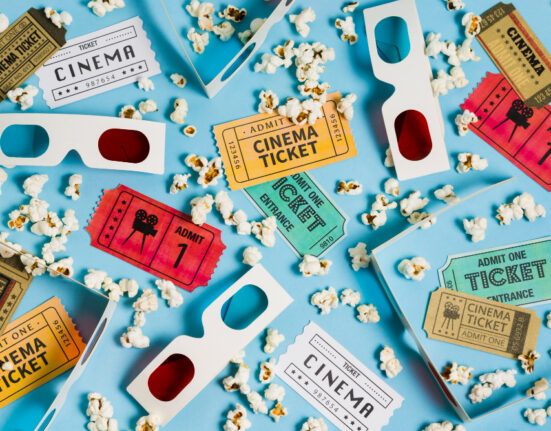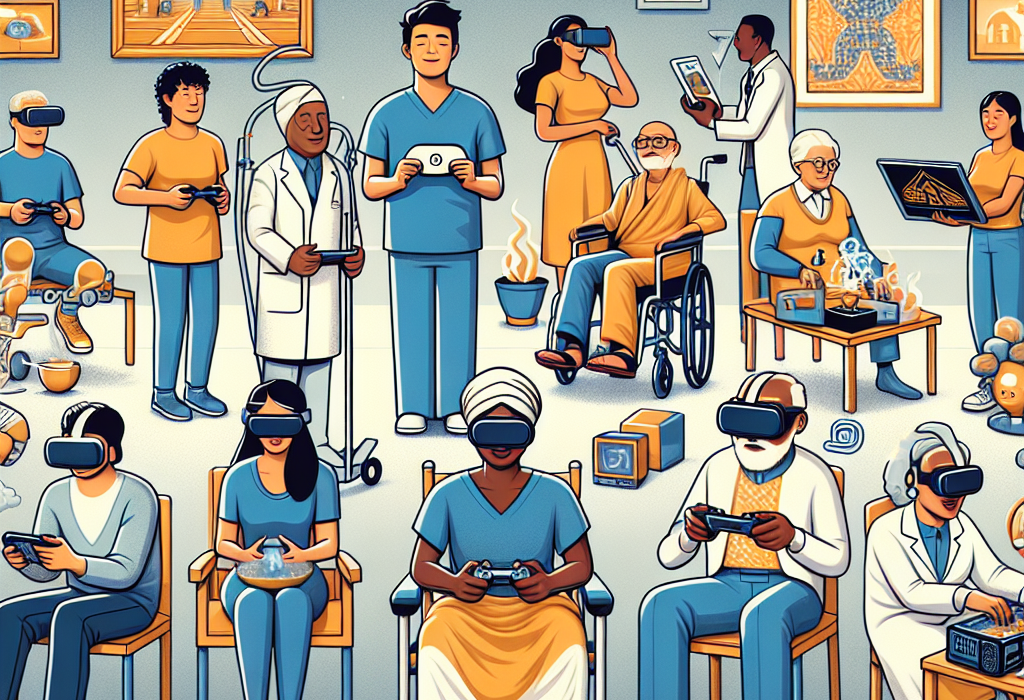The contours of entertainment and technology are constantly evolving, and at the forefront of this revolution lie Virtual Reality (VR) and Augmented Reality (AR). These immersive technologies promise to transform various domains, stretching far beyond the realms of gaming and entertainment. By redefining how we interact with content, they open up new horizons across multiple industries, from healthcare and education to real estate and retail.
The Realities Defined: VR and AR
Before delving into their applications, it’s crucial to understand the basic mechanics of VR and AR:
Virtual Reality (VR): VR immerses users in a completely digital environment, isolating them from the real world. Using VR headsets like Oculus Rift or HTC Vive, users can explore and interact with these entirely fabricated settings, providing unparalleled levels of immersion.
- Augmented Reality (AR): AR overlays digital information on the real world, enhancing rather than replacing the user’s surroundings. Through devices like smartphones (using ARKit or ARCore) or AR glasses like Microsoft HoloLens, users see animations, data, and interactive elements superimposed on their physical environment.
Transforming Entertainment
Gaming
The nexus of VR and entertainment is perhaps most visibly seen in gaming. The sensory immersion provided by VR games allows players to experience stories rather than just watch them unfold. Titles like "Beat Saber," "Half-Life: Alyx," and "No Man’s Sky VR" offer experiences that can transport players directly into otherworldly realms.
Cinema and Storytelling
In the film industry, VR creates shifting narratives and immersive environments where the audience is no longer a passive viewer but an active participant. VR films like "Pearl" have achieved acclaim for their innovative approach to storytelling. Similarly, AR technologies can make movies interactive, allowing scenes to spill into the viewer’s environment, creating a more engaging experience.
Live Events and Concerts
Virtual concerts and events became mainstream during the pandemic, with artists like Travis Scott and Billie Eilish hosting VR performances. Platforms like Wave provide virtual stages that are limited only by imagination. Meanwhile, AR can enhance live events by adding digital enhancements, live information, and interactive features.
Beyond Entertainment
Education
VR and AR technologies are shaking up traditional learning methods. Virtual classrooms enable students to explore historical sites, traverse the solar system, or even dive into intricate biological systems, all from the classroom or home.
For example, medical students can practice surgeries in a risk-free VR environment before heading into real operating rooms. Meanwhile, AR applications such as Google Translate’s AR mode can provide real-time translations and definitions, aiding language learning and comprehension.
Healthcare
In healthcare, VR offers simulations for training medical professionals, providing immersive hands-on practice without the associated risks. It also contributes to therapeutic applications, such as VR-based pain management for burn victims or PTSD treatment for veterans.
AR helps in diagnostic and surgical procedures by offering real-time data and imaging overlaid on the patient’s body, guiding surgeons with precise information without needing to look away from the patient.
Real Estate
The real estate sector benefits hugely from VR and AR. Virtual tours allow prospective buyers to walk through properties without having to visit them physically. AR apps can let customers visualize how furniture would look in a new home, aiding in buying decisions and interior design.
Retail
Retailers are harnessing AR to enhance the shopping experience. Brands like IKEA and Sephora use AR to let customers visualize products in their homes or on themselves. This not only boosts customer engagement but also reduces return rates by helping consumers make informed choices.
Industrial Applications
In manufacturing and maintenance, AR can provide workers with real-time instructions and overlays to assist in complex tasks. VR simulations can be used for training, allowing workers to experience and learn processes in a controlled virtual environment.
Challenges and Future Prospects
The road to seamless VR and AR integration is not without its challenges. Barriers include high development costs, the need for significant computing power, and ergonomic issues such as headset discomfort.
However, with advancing technology and increasing investment, these hurdles are gradually being overcome. The advent of 5G will significantly boost the capabilities of AR and VR, providing faster data rates and more reliable connections, which are crucial for real-time applications.
Conclusion
The future of VR and AR is incredibly promising. These technologies are not just changing how we entertain ourselves but are poised to revolutionize numerous sectors, enhancing the efficiency, immersion, and interactivity of various processes. As the lines between the virtual and real worlds continue to blur, the potential applications are limited only by our imagination. With constant technological advancements, VR and AR are set to become intrinsic parts of our daily lives, transforming entertainment and beyond.
















Leave feedback about this
You must be logged in to post a comment.